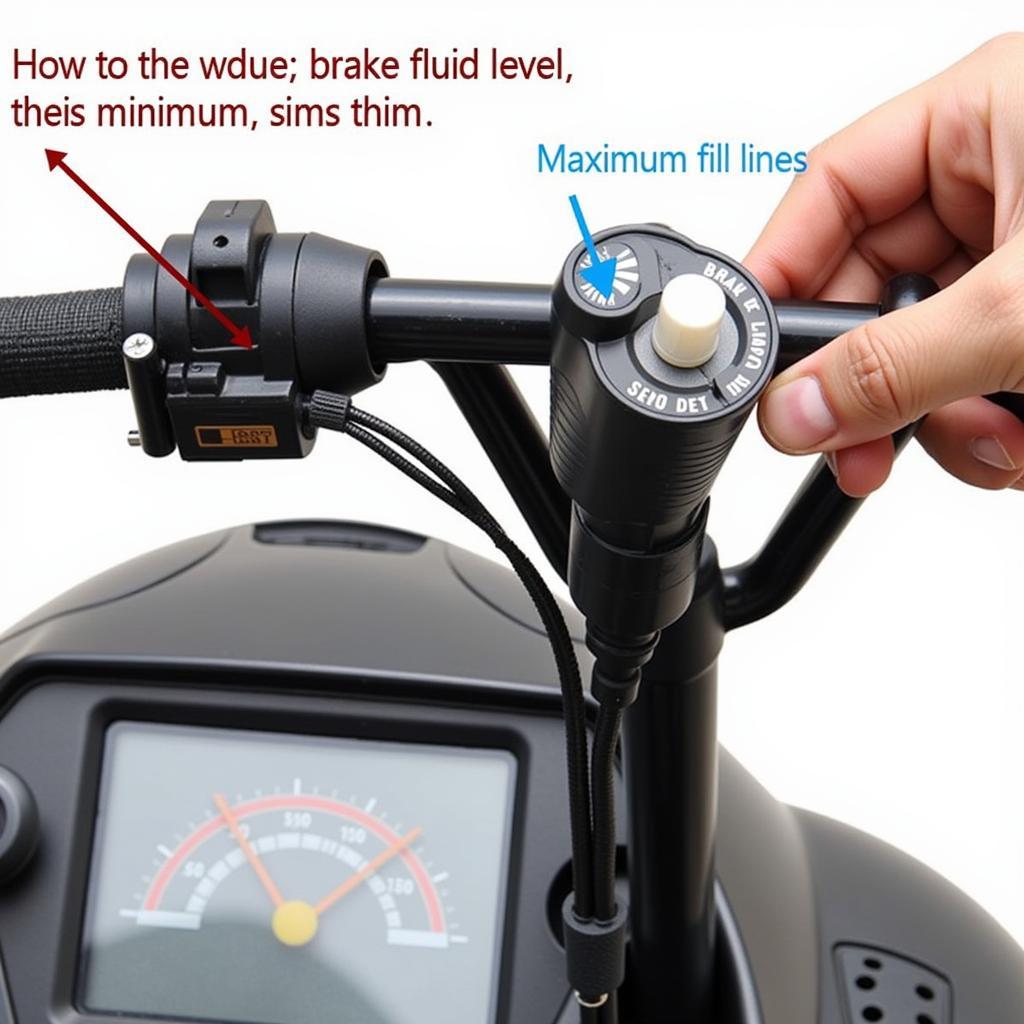A dead car battery is frustrating, especially if it keeps happening. If your battery keeps going flat on car, it’s a sign of an underlying issue that needs addressing. This guide provides in-depth information and practical solutions to help you diagnose and fix the problem. We’ll explore common causes, troubleshooting steps, and even discuss remote software solutions available. battery keeps going flat car
Why Does My Car Battery Keep Dying?
Several factors can contribute to a constantly draining car battery. Understanding these culprits is the first step towards a permanent solution. These can range from simple issues like leaving lights on to more complex problems like parasitic drains or faulty alternators.
- Parasitic Drain: This occurs when an electrical component continues to draw power even after the car is turned off. Common culprits include interior lights, faulty door switches, and aftermarket accessories.
- Faulty Alternator: The alternator recharges the battery while the engine is running. If it’s malfunctioning, the battery won’t receive sufficient charge, eventually leading to a flat battery.
- Old Battery: Over time, batteries lose their ability to hold a charge. An old battery may simply not be up to the task anymore.
- Extreme Temperatures: Both extreme heat and cold can negatively impact battery performance.
- Short Drives: Short trips don’t give the alternator enough time to fully recharge the battery.
- Human Error: Leaving lights on, the radio playing, or accessories plugged in can drain the battery.
Troubleshooting a Draining Car Battery
If your new car battery keeps going flat, it’s crucial to diagnose the root cause. Here’s a step-by-step guide:
- Check the Obvious: Ensure all lights, interior and exterior, are off when the car is parked. Also, check for any accessories left plugged in.
- Test the Battery: Have the battery tested at an auto parts store. This will confirm whether the battery itself is faulty.
- Inspect the Alternator: A multimeter can be used to check the alternator’s output voltage. If it’s below the specified range, the alternator may be the problem.
- Parasitic Drain Test: This test involves using a multimeter to measure the current draw with the car off. An excessive draw indicates a parasitic drain.
How to Find a Parasitic Draw
Locating a parasitic draw can be tricky. Here’s how:
- Disconnect the Negative Battery Cable: With the car off, disconnect the negative battery cable.
- Connect a Multimeter: Connect the multimeter in series between the negative battery terminal and the negative battery cable.
- Check the Reading: Note the reading on the multimeter. A small draw is normal, but a high reading indicates a problem.
- Pull Fuses: One by one, remove each fuse and observe the multimeter reading. A significant drop in the reading when a particular fuse is removed indicates the circuit with the parasitic draw.
 Performing a Parasitic Draw Test with a Multimeter
Performing a Parasitic Draw Test with a Multimeter
Remote Diagnostics and Software Solutions
Modern vehicles rely heavily on software. Remote diagnostics and software updates can sometimes address battery drain issues. This innovative approach utilizes specialized software and remote access to diagnose and even fix software-related problems contributing to battery drain. For example, a 2015 lincoln mkc battery drain might be due to a software glitch that can be resolved remotely.
“Remote diagnostics offers a convenient and efficient way to address complex vehicle issues, including battery drain problems,” explains John Smith, Senior Automotive Electrical Engineer at Acme Automotive Solutions. “By leveraging advanced software and data analysis, we can pinpoint and often rectify problems without physical intervention.”
Preventing a Dead Battery
Prevention is always better than cure. Here are some tips to keep your battery healthy:
- Regularly Clean Battery Terminals: Corrosion can hinder current flow.
- Limit Short Trips: If possible, combine short trips into longer ones to allow the alternator to fully charge the battery.
- Turn Off Accessories: Always double-check that all lights and accessories are off before exiting your vehicle.
- Park in a Garage: Extreme temperatures can affect battery life. Parking in a garage can help mitigate this.
Conclusion
If your car battery keeps going flat overnight or during the day, it’s essential to take action. By understanding the potential causes and following the troubleshooting steps outlined in this guide, you can identify the root of the problem and get your car back on the road. If you suspect a software issue or need professional assistance, consider contacting a qualified automotive electrician or utilizing remote diagnostic services. Don’t let a dead battery keep you stranded! If you are still having trouble with your my car battery keeps going flat, seek professional help.
FAQ
- How long does a car battery typically last? Most car batteries last between 3 and 5 years.
- Can I jump-start a car with a completely dead battery? Yes, but you’ll need another vehicle with a good battery and jumper cables.
- What is a parasitic draw? A parasitic draw is an electrical current that continues to flow even after the car is turned off.
- How can I test my alternator? You can test your alternator using a multimeter.
- Is it safe to drive with a bad alternator? It’s not recommended, as it can lead to a complete battery failure and leave you stranded.
- What should I do if my new battery keeps dying? If a new battery keeps dying, there’s likely an underlying electrical issue that needs to be addressed.
- How much does a new car battery cost? The cost of a new car battery can vary depending on the type and brand, but it typically ranges from $50 to $200.


